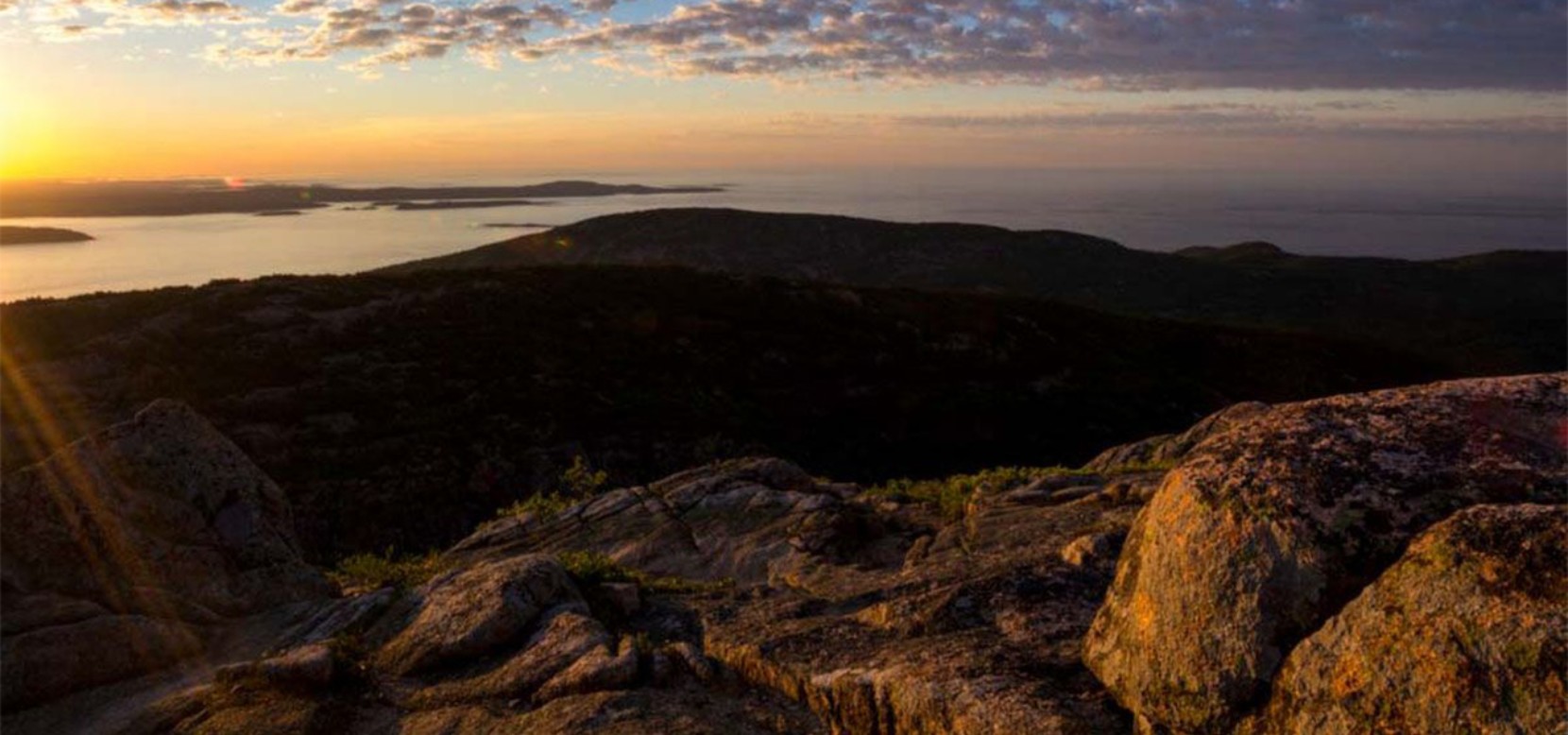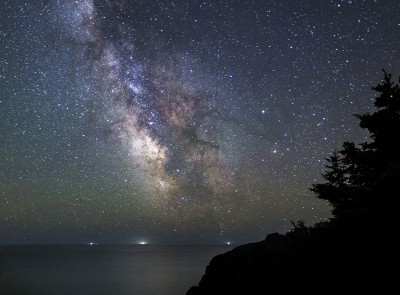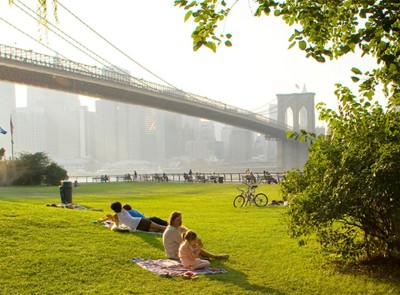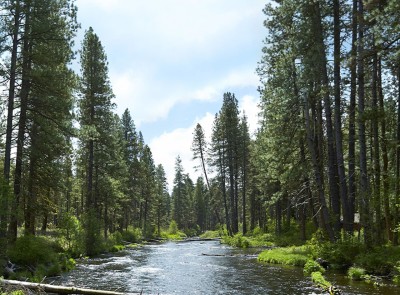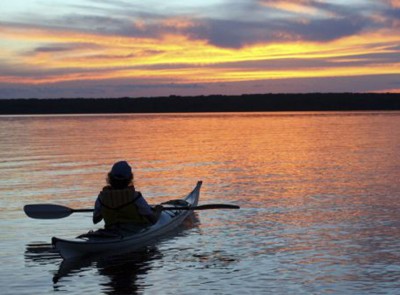Freeport, ME, July 15, 2021
After a year and a half of COVID-19 lockdowns and travel restrictions, people are headed back out the door—and they’re ready to explore. Attendance is surging at US national parks after a 27.6% decrease in 2020 (down more than 90 million visits from 2019—the lowest attendance since 1980). This was largely due to park closures. Sixty-six of the 423 parks were fully closed for two months or more.
The year, however, is off to an unprecedented start. Great Smoky Mountains National Park has set monthly visitation records every month since January, and park rangers don’t expect that pace to slow anytime soon, especially as families hit the road for summer travel. With numbers likely to topple all visitation records across the country, it’s worth reflecting on the history of our national parks.
An American Innovation
On March 1, 1872, President Ulysses S. Grant signed the Yellowstone National Park Protection Act into law, bringing to life the world's first national parks. And this was just the beginning. It sparked a worldwide movement. Today, more than 100 nations contain close to 1,200 national parks or equivalent nature preserves. In the US, the National Park System now comprises more than 400 areas covering more than 854 million acres in 50 states, the District of Columbia, and territories like Guam, Puerto Rico, and the Virgin Islands.
A Service With Purpose
Just a few decades following the creation of the first national park, on August 25, 1916, President Woodrow Wilson signed an act creating the National Park Service (NPS), a new federal bureau as part of the Department of the Interior. What became known as the “Organic Act,” stated that the service would promote and regulate the usage of national parks, moments, and reservations in order “to conserve the scenery and the natural and historic objects and the wild life therein and to provide for the enjoyment of the same in such manner and by such means as will leave them unimpaired for the enjoyment of future generations.”
The National Park Service continues to strive to meet its original goals.
Off the Beaten Path
NPS is strongly encouraging visitors to pre-register and make reservations as the most popular parks, but rangers are also recommending that adventurers consider the lesser-known parks, especially during the busy summer months. Some highlights include John Day Fossil Beds National Monument or Oregon Caves National Monument & Preserve in Oregon, or Rainbow Bridge National Monument and Dinosaur National Monument in Utah.
For more on America’s national Parks—their history and their significance—we recommend the following resources:
• The difference between conservation and preservation
Related Stories




